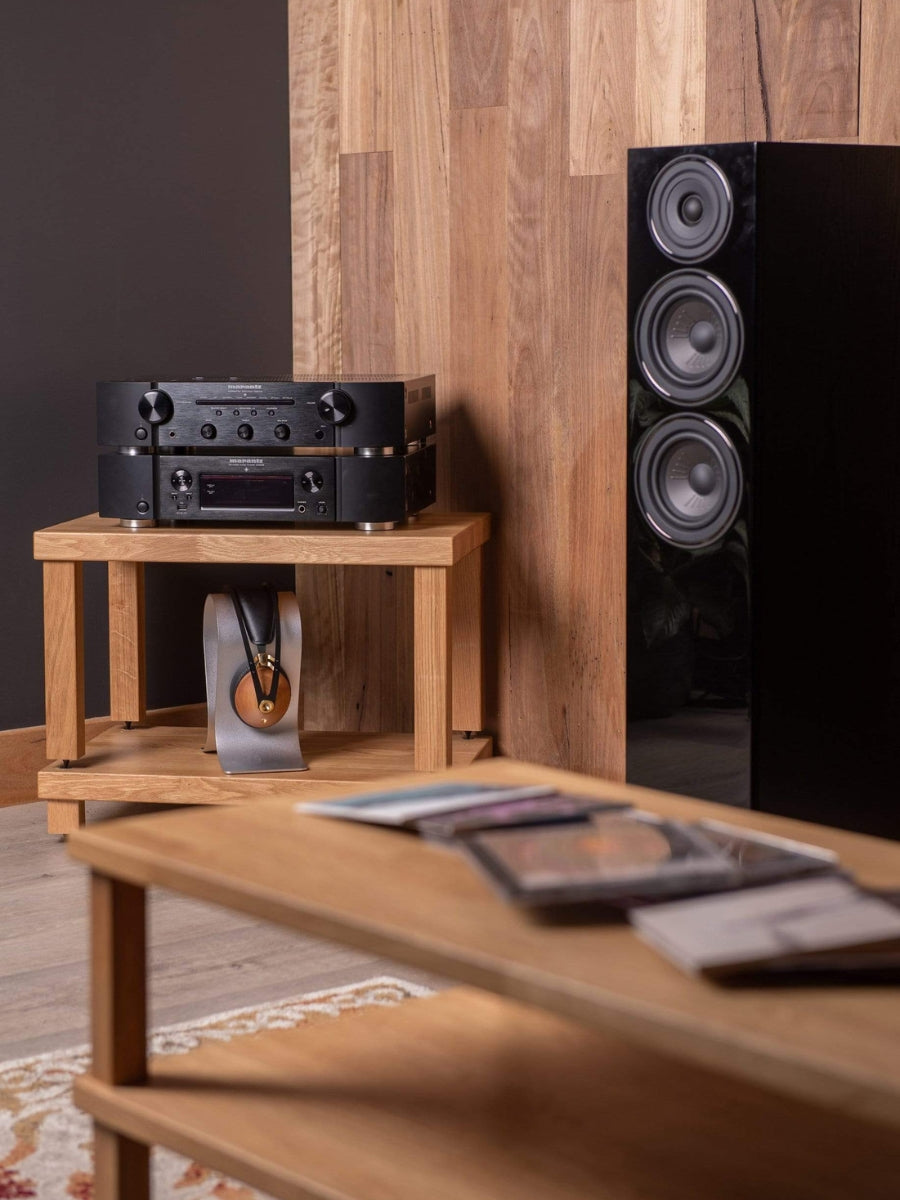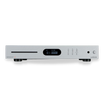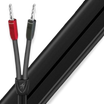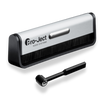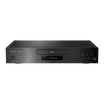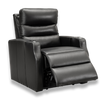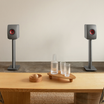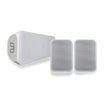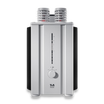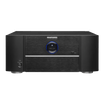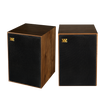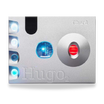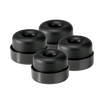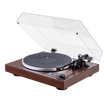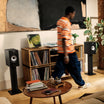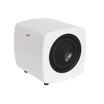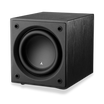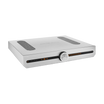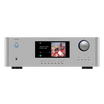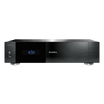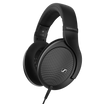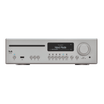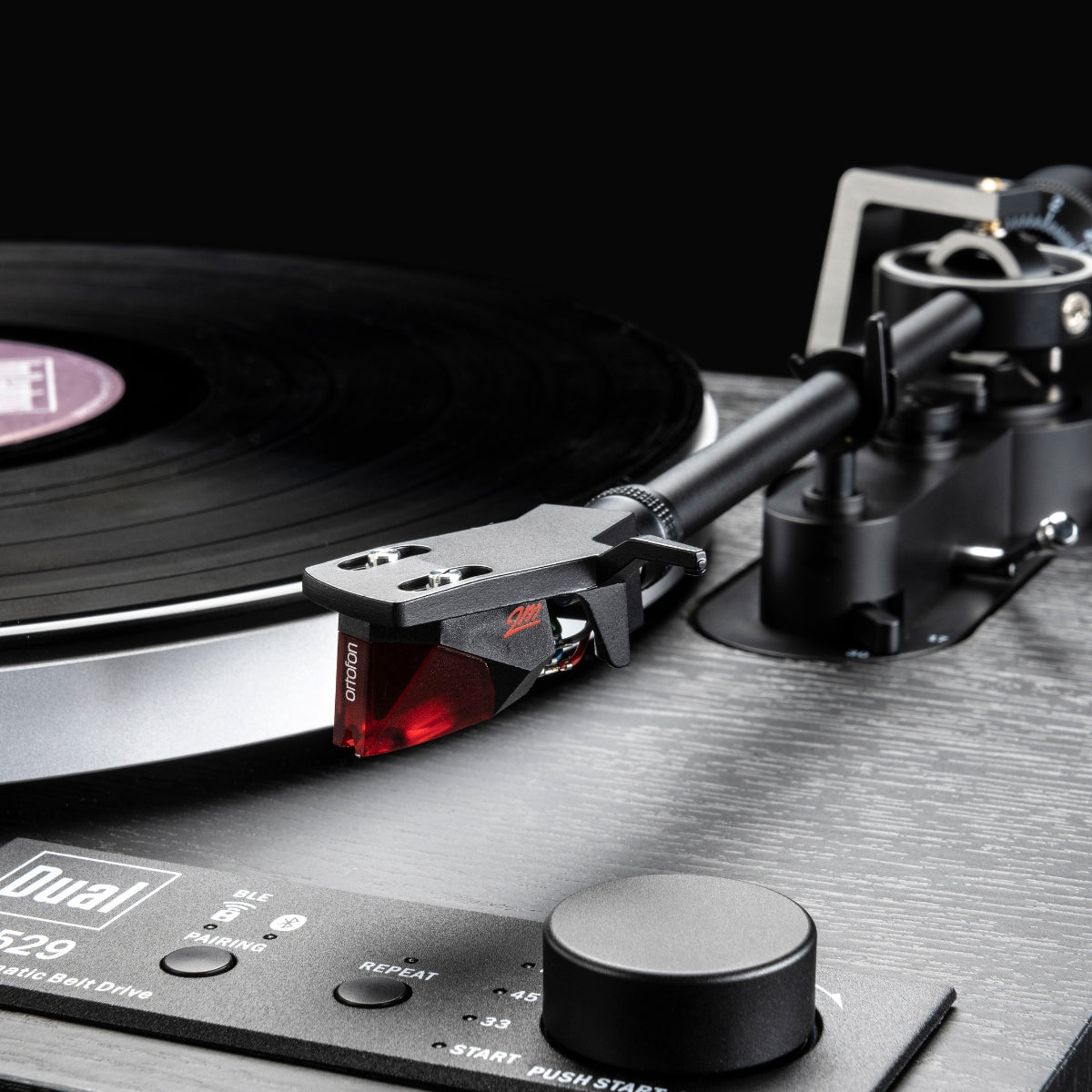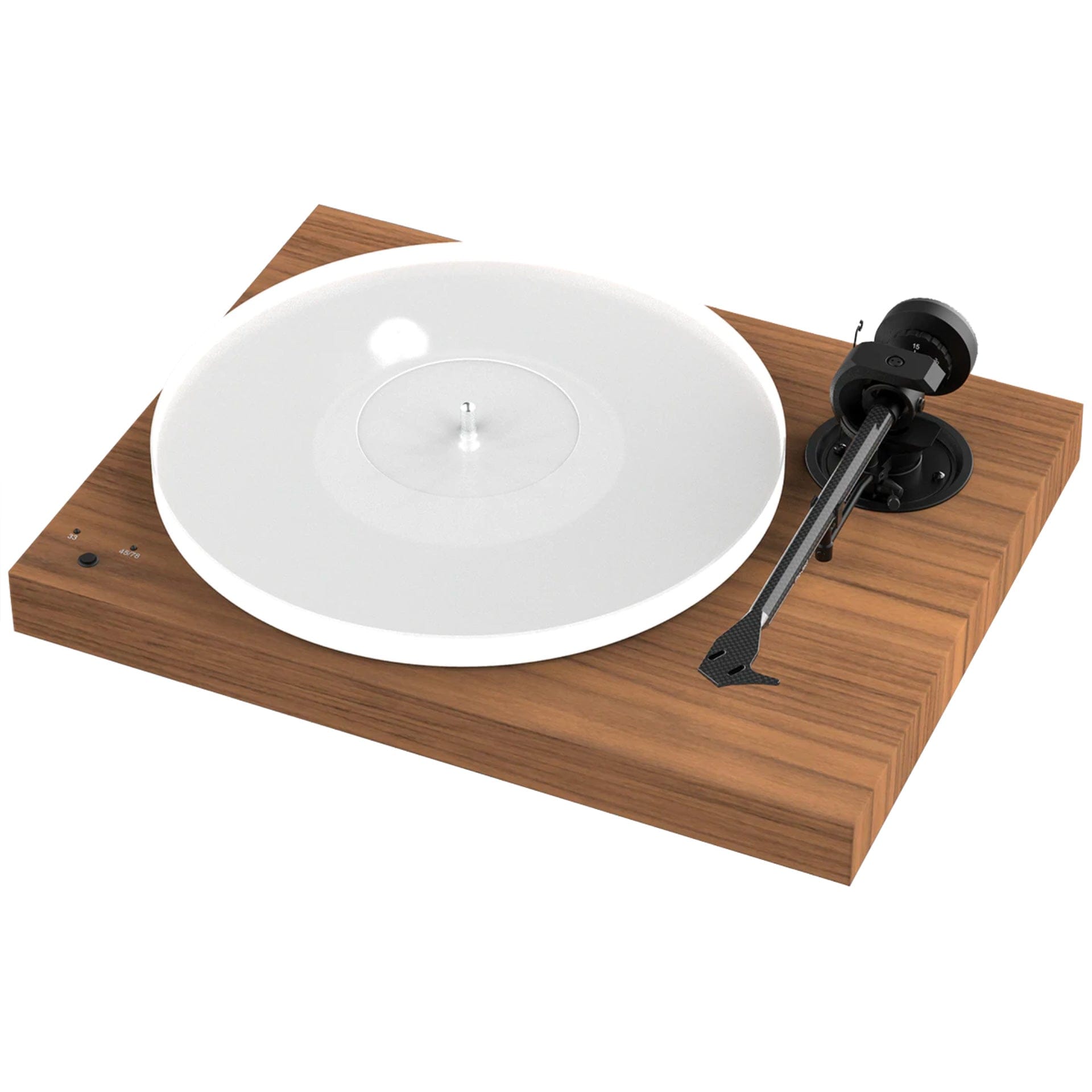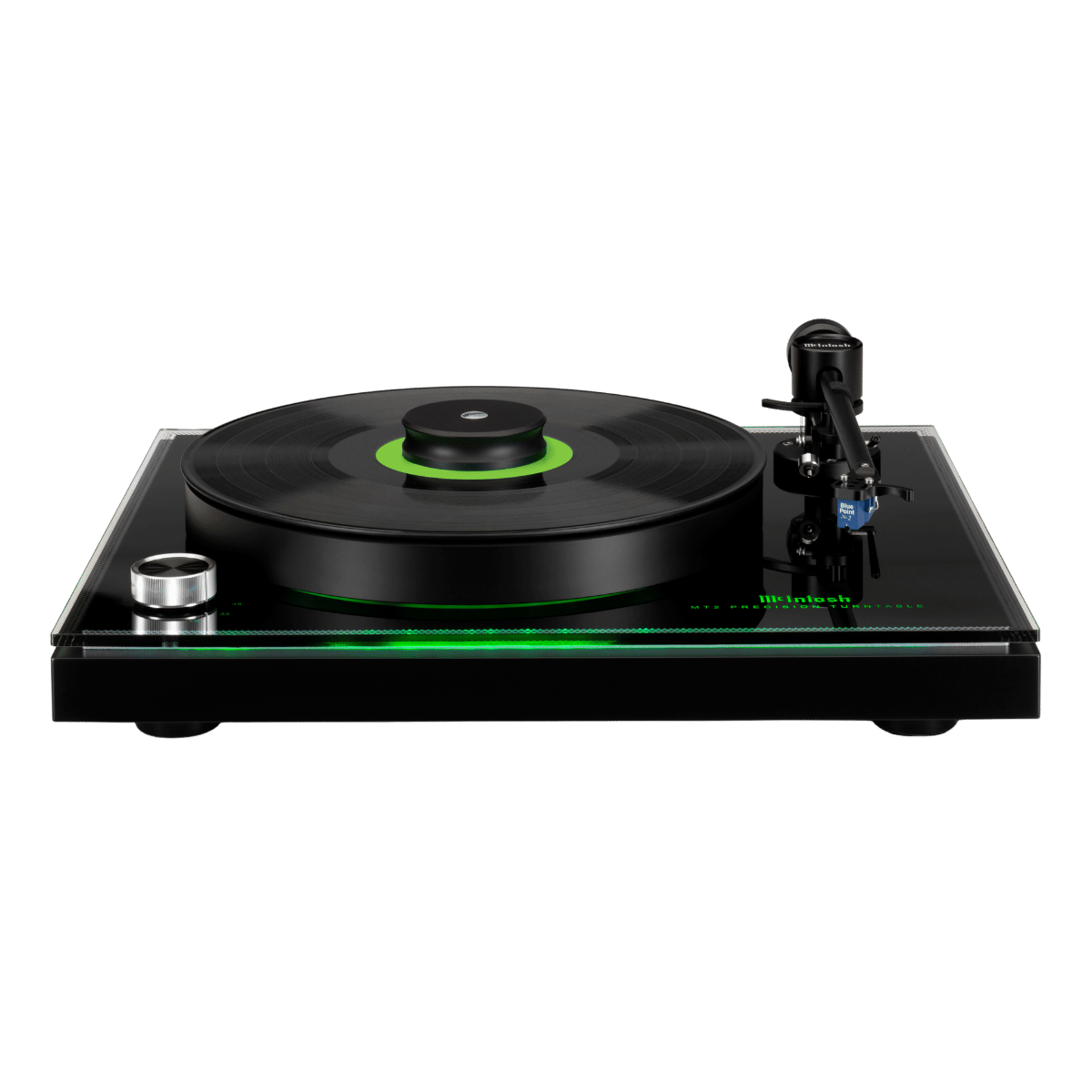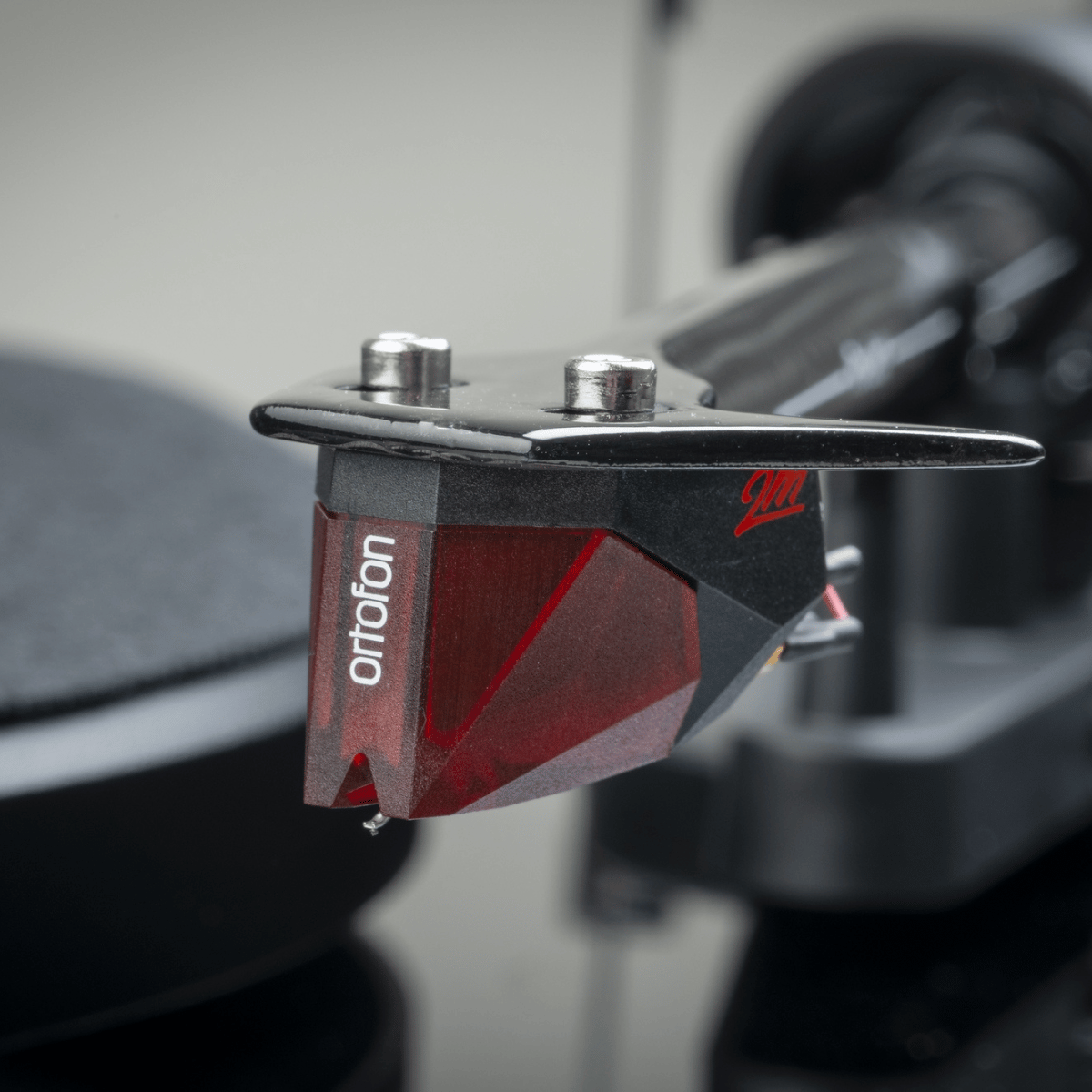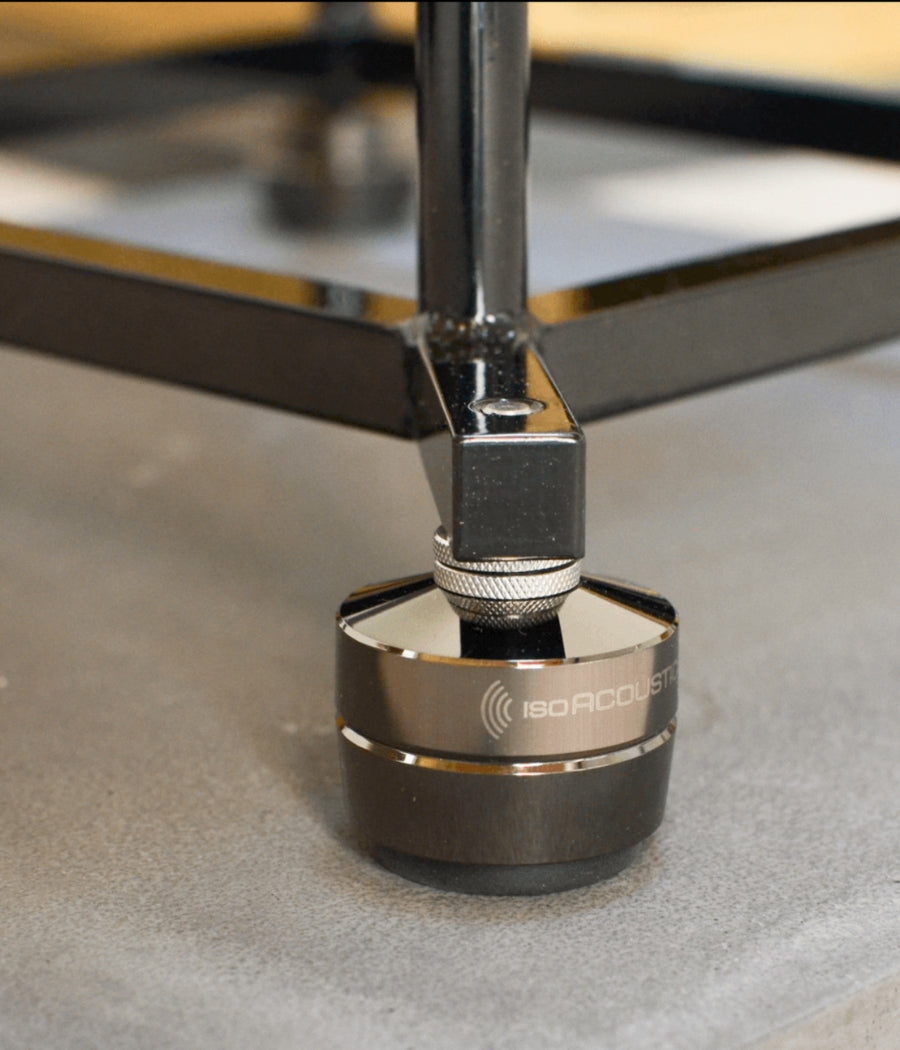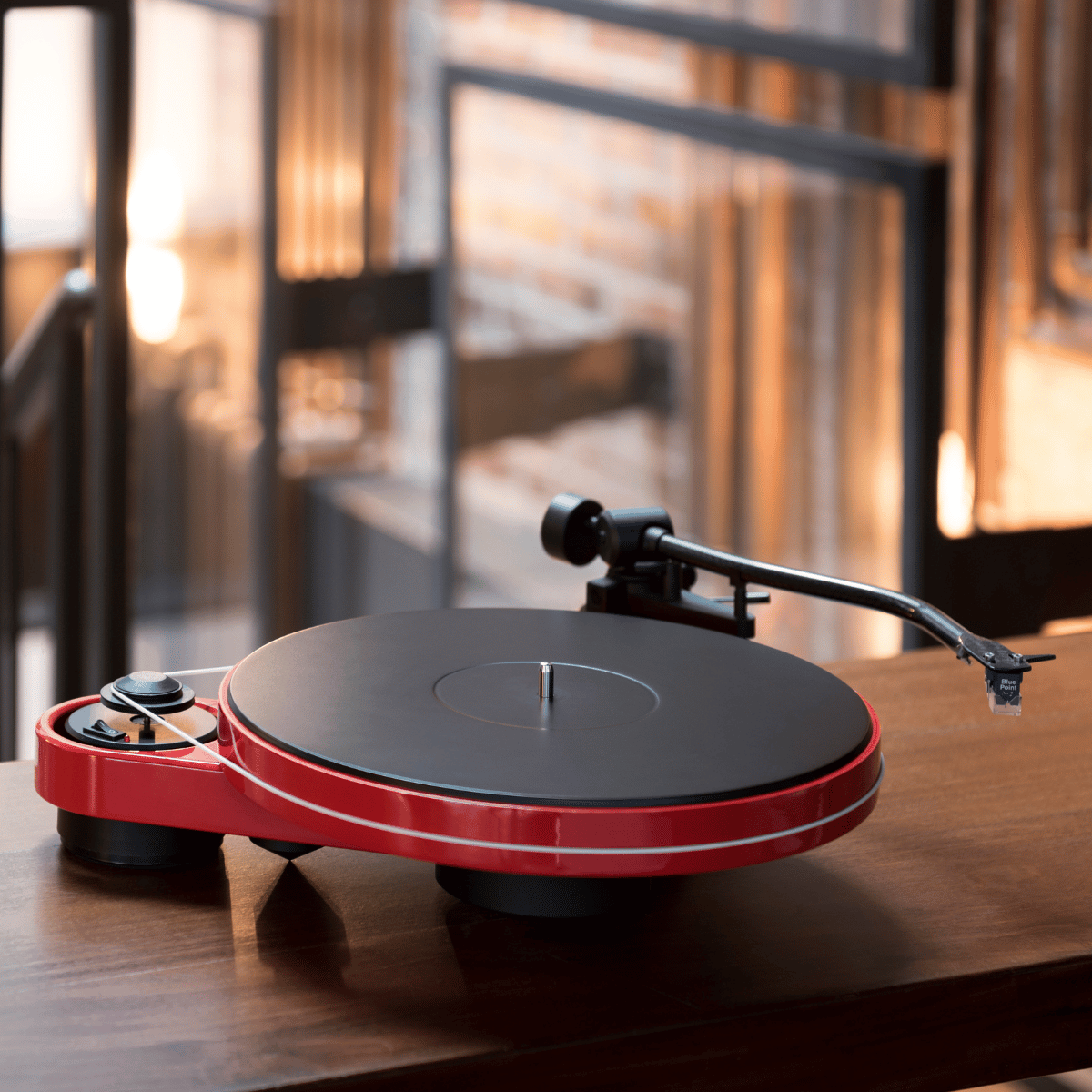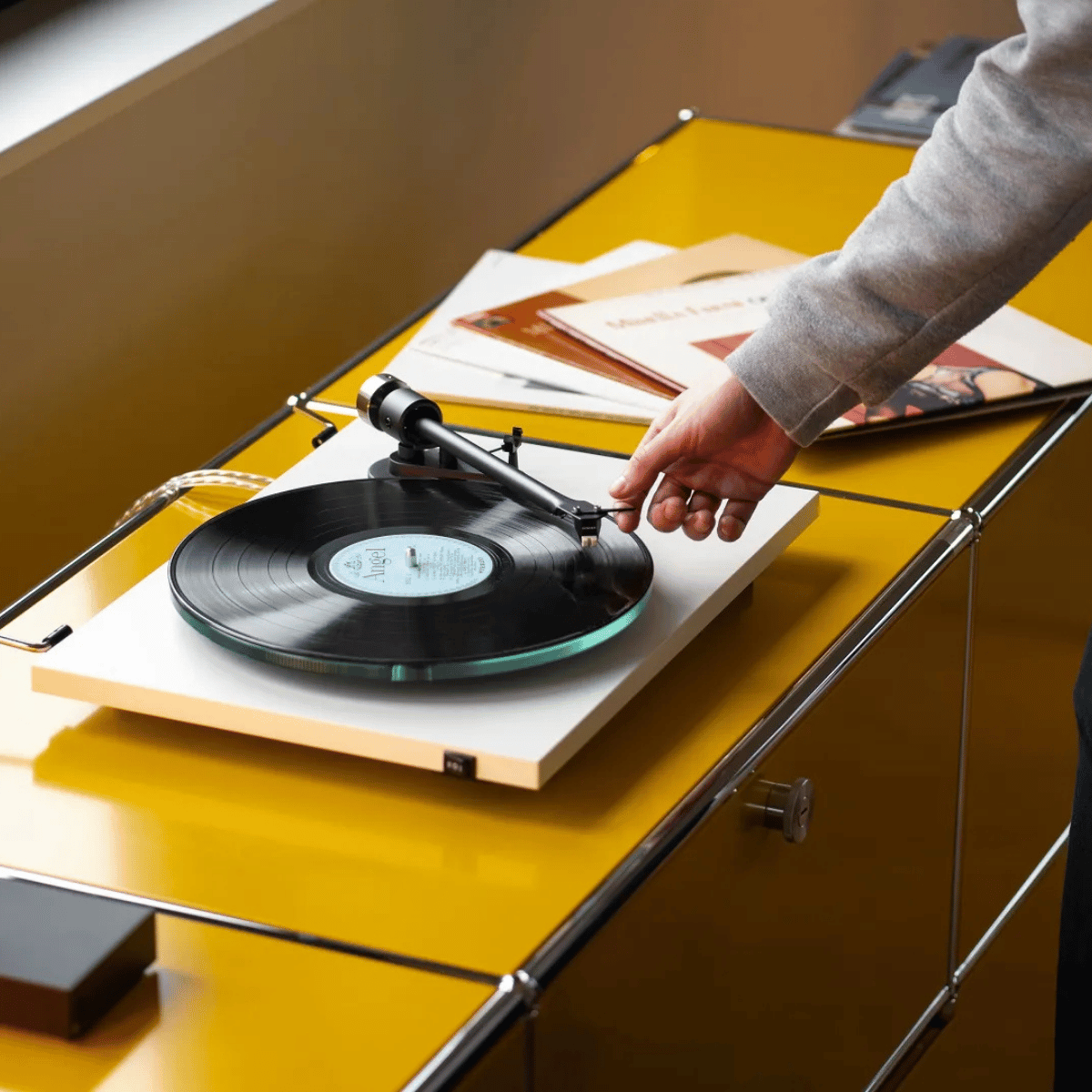

Nat's pick
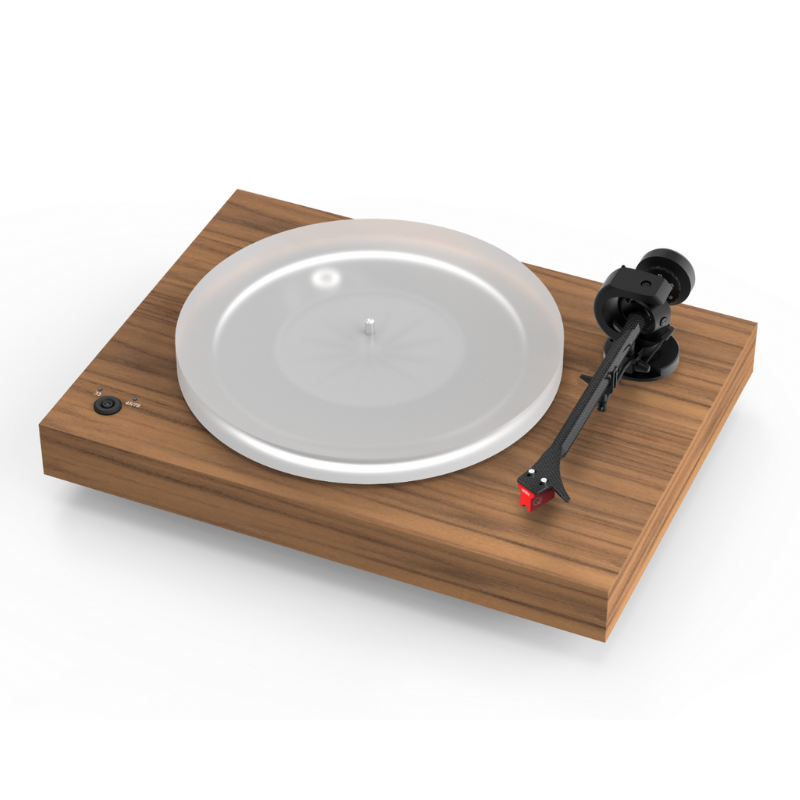
$2,313.00
NARROW YOUR SEARCH FOR
Record Players & Turntables
Filters
52 products
TELL ME MORE ABOUT
Record Players & Turntables
In the midst of digital advancements, vinyl has seen a significant resurgence, driven by its superior sound fidelity over compressed digital formats. Turntables, or record... Read More
In the midst of digital advancements, vinyl has seen a significant resurgence, driven by its superior sound fidelity over compressed digital formats. Turntables, or record players, offer an analog listening experience that captures sound nuances often lost in digital transitions. Modern turntables, while preserving the richness of analog sound, have evolved to integrate with today's technology, making them relevant in both vintage and contemporary audio setups.
The appreciation for vinyl stems from its ability to provide an authentic sound profile, offering a depth and clarity unmatched by other mediums. For those entering the realm of turntables, it's not just about nostalgia, but a pursuit of high-fidelity audio, where each vinyl offers a precise and immersive auditory experience.
Why Buy a Record Player?
Purchasing a record player goes beyond just playing music; it's an investment in a richer, more nuanced auditory experience! Firstly, the analog nature of vinyl records captures sound waves in their purest form, offering a depth and warmth often lost in digital formats. This fidelity provides listeners with a more detailed and textured sound, from the deep bass to the crisp highs.
Secondly, the tactile process of handling vinyl and manually placing the needle creates a more engaged listening ritual, transforming music from mere background noise to a focused experience. This tangible interaction fosters a deeper connection to the music and its physical medium.
Moreover, owning a record player opens the doors to the vast world of vinyl collections, both old and new. Collectors appreciate the tangible value and artwork of vinyl sleeves, often seeing them as pieces of history or art.
Lastly, in an age of streaming and instant access, turntables slow things down, encouraging listeners to appreciate entire albums as cohesive works of art, rather than isolated tracks. This holistic approach to music consumption cultivates a more profound appreciation for artists' intentions and narratives.
Key Considerations When Choosing a Record Player or Turntable
If you're here because you're looking to upgrade your record player, you may already be familiar with the immense array of options and considerations on offer. However, if you are just starting out on your turntable journey - it can all be a bit overwhelming!
Not to worry though, we will quickly run through some of the key aspects to look at below - and as always, we are just a phone call away to help clarify and guide you through all of it.
-
Drive Type: Turntables come in two primary drive types - direct drive and belt drive. Direct-drive turntables tend to offer more consistent speeds, making them favoured by DJs, while belt drives often provide reduced vibration and are preferred for home listening due to their warmth and accuracy.
-
Cartridge & Stylus: The cartridge and stylus (needle) play a pivotal role in sound quality. Moving magnet (MM) cartridges are common and relatively easy to replace or upgrade while moving coil (MC) cartridges offer more detail and accuracy but can be pricier.
-
Tonearm & Counterweight: Ensure the tonearm is well-made and has an adjustable counterweight. This allows for precise calibration and reduces wear on your vinyl records.
-
Plinth & Platter: A sturdy plinth (base) reduces external vibrations, and a heavier platter can provide more consistent speeds and further diminish vibrations.
-
Speed Capabilities: Most users will need 33⅓ and 45 RPM speeds, but if you have older records, a 78 RPM option might be essential.
-
Built-in Preamp: Some turntables come with a built-in preamp, making them ready to connect directly to speakers. If your turntable doesn't have one, you'll need an external preamp or an amplifier with a phono stage.
-
Automatic vs. Manual: Automatic turntables start and stop with a button push, while manual turntables require you to place and lift the needle by hand. The choice here often depends on personal preference and the desired level of interaction with the device.
-
Aesthetic & Build: Lastly, consider the design, materials, and build quality. The aesthetics of a turntable can complement your living space, and a well-constructed unit can provide years of reliable performance.
When choosing a turntable, it's essential to strike a balance between your budget, desired features, and the intended use, ensuring you get the most out of your vinyl experience.
Some Quick FAQ:
What is the difference between a record player and a turntable?
The terms "record player" and "turntable" are used interchangeably by most - including us here at Living Entertainment North Coast. However, some people consider a record player to be a complete system with built-in speakers, while a turntable refers to the standalone component that requires external speakers or amplification.
What is a fully automatic record player?
A fully automatic record player is a turntable with automatic functions such as start, stop, and return. It eliminates the need for manual operation, making it easier to use.
Can I connect a record player to Bluetooth speakers?
Yes, many modern record players offer Bluetooth connectivity, allowing you to wirelessly stream audio to Bluetooth speakers.
How should I store my vinyl record collection?
It is important to store vinyl records in a vertical position to prevent warping and damage. Invest in a proper vinyl storage solution or shelf to keep your collection organized and protected.
The Wrap Up
If you consider yourself a music lover - then you're the perfect candidate for a turntable-based Hi-Fi system high-quality record player. And if you'd like to learn more about turntables before making your purchase, be sure to check out our guides on how record players work, the best way to set your turntable up, how to clean vinyl records and our ultimate guide to the phono preamp!
So - whether you're looking to upgrade your current model, or you are completely starting from scratch - we have you covered. Be sure to have a good look through our range and reach out to the team if you have any questions at all before choosing the model that's right for you!
NEED MORE GUIDANCE?
We are here to help
Check out some of our most commonly asked questions.
What do I need to play records?
Getting into vinyl? That’s awesome! We have some curated turntable Hi-Fi packs, with everything you'll need to get spinning right away. But if you want to build your own, read on for all the details.
First off, you'll need a turntable. It's the star of the show, so make sure it’s in good nick, with a decent cartridge and stylus (needle).
Next, there’s the phono preamp. Some turntables or amplifiers come with one built-in, but if yours doesn’t, you’ll need one as a bridge between your turntable and amplifier or powered speakers.
For the sound output, you’ve got two options. You can go with a traditional setup involving an integrated amplifier to take the signal from your phono preamp and power your passive speakers. Alternatively, you can opt for powered speakers, which have the amplifier built in – a handy all-in-one solution.
Speaking of speakers, good ones are a must for that rich, warm vinyl sound we all love. Whether you go for bookshelf or floorstanding speakers (or powered ones) depends on your space and budget.
And there you go! With these essentials, you’ll be ready to dive into your vinyl collection and enjoy that classic sound.
What can a wireless speaker do?
Wireless speakers are a game-changer for how you enjoy music and audio around the house. First off, they let you stream music wirelessly from your phone, tablet, or computer, so no more messing about with cables. You can easily play tunes from Spotify, Apple Music, Tidal or whatever streaming service you fancy.
If you’re into having music everywhere, many wireless speakers offer multi-room audio. You can sync them up to play the same music in every room or control what plays in each room individually, perfect for parties or just keeping the vibes consistent throughout your home.
Voice control is another brilliant feature. Many come with built-in assistants like Alexa, Google Assistant, or Siri. You can control your music with just your voice, ask for the weather, set reminders, or even control other smart home devices.
Sound quality? These little gadgets often pack a punch, delivering high-quality audio that can rival traditional wired setups. Some even offer 360-degree sound, filling the room with music from every angle.
In a nutshell, wireless speakers bring flexibility, convenience, and top-notch sound to your audio experience, making them a fantastic addition to any home. Whether you’re hosting a party, working from home, or just chilling out, they make listening to music a breeze.
How do you choose the right speaker & amplifier combination?
Deciding on a good speaker and amplifier combination is like putting together a perfect wine and cheese pairing—it’s all about balance and harmony. Here’s a conversational guide to help you through it:
First, consider your speakers. These are your main players, so you want to choose ones that fit your space and listening preferences. If you love deep bass and have a bit of room, floorstanding speakers might be your go-to. For smaller spaces or a more subtle look, bookshelf speakers are fantastic.
Now, onto the amplifier. This is where things get interesting. Your amp needs to match your speakers in terms of power and impedance. Check the wattage ratings on your speakers—your amplifier should provide enough power to drive them properly. Too little power and you’ll be missing out on sound quality; too much, and you risk damaging your speakers.
Next, think about the impedance (measured in ohms). Your amp and speakers should be compatible here too. Most speakers are rated at 8 ohms, but some can be 4 or 6. Make sure your amplifier can handle the impedance of your speakers to avoid any performance issues.
Another important factor is the type of sound you’re after. Some amps are known for their warm, rich tones, while others might be more neutral or even slightly bright. It’s a bit like choosing between a vinyl record and a digital stream or CD —each has its own charm. If possible, listen to different amp and speaker combinations to see what sounds best to your ears.
If purchasing online, note that at LE, we have made recommendations on speaker & amplifier combinations that we think sound wonderful together within each product listing.
Don’t forget about connectivity and features. Modern amplifiers often come with a host of options like Bluetooth, Wi-Fi streaming, and various inputs for all your devices. Make sure your amp has the inputs you need for your turntable, CD player, or streaming device.
Finally, consider your budget. Great sound doesn’t always mean breaking the bank, but be prepared to invest to get a quality setup that will last.
In the end, trust your ears. Listen to a few combinations if you can, and go with what makes your music sound the best to you.
Why do I need a headphone amplifier?
If you’re diving into the world of high-quality audio, a headphone amplifier can be a real game-changer. Think of it like this: most standard devices, like your smartphone or laptop, just don’t have the oomph needed to drive headphones properly. They might get the job done, but they won’t do your music justice. A headphone amp gives your headphones the power they need, ensuring you get the volume and clarity that really makes your music shine.
It’s not just about making things louder, either. A good headphone amp can significantly improve sound quality. You’ll get clearer highs, richer mids, and tighter bass, making your favourite tracks sound even better. You might notice details you’ve never heard before, especially if you’re listening to high-resolution audio files.
Premium headphones often have higher impedance, meaning they require more power than your typical audio source can provide. A headphone amp can handle this with ease, making sure your headphones perform at their absolute best. Plus, many amps come with extra features like bass boost, equalisation, and gain control, giving you more ways to tweak the sound to your liking.
In short, if you’re passionate about your music and want to hear it in the best possible way, a headphone amplifier is definitely worth considering. It’s all about unlocking the full potential of your gear and really getting the most out of your listening experience.
Where should I start when designing a home cinema?
Designing your own home cinema? That's awesome! We are here to help walk you through the process, but as a starting point, here’s what we would recommend and where to kick things off:
First up, pick your spot. For most people this is your existing lounge room, but if you have an underused garage, or spare bedroom, then you have an opportunity to create your very own true Home Cinema experience. Find a room that’s just right—not too cramped and ideally away from noisy areas. This sets the stage for that immersive movie experience.
Next, think about how you’ll set things up. Plan where your seats will go and where to place your projector screen for the best view from every angle. It’s all about creating that comfy, cinematic vibe.
Sound matters, too. Consider if you want a wireless system for simplicity or a full surround sound speaker system with AV receiver for that surround-sound thrill. Think about soundproofing or adding acoustic panels or thick carpets to really amp up the audio quality of the room.
Now, onto the screen. Decide between a crisp TV or a projector setup, depending on your room size and personal style. Maybe even throw in some dimmable lights or smart lighting to set the mood just right.
And hey, don’t forget comfort. Invest in plush cinema seating and think about the décor—whether it’s movie posters, blackout curtains, or popcorn machine & bar area, whatever gives you that true cinema feel.
Lastly, tech it up! Make sure everything—from your Blu-Ray player & Apple TV to your gaming consoles—is set to sync perfectly with your new setup.
With these steps, you’re on your way to creating a home cinema that’s not just a space, but an experience. Enjoy movie nights like never before!


